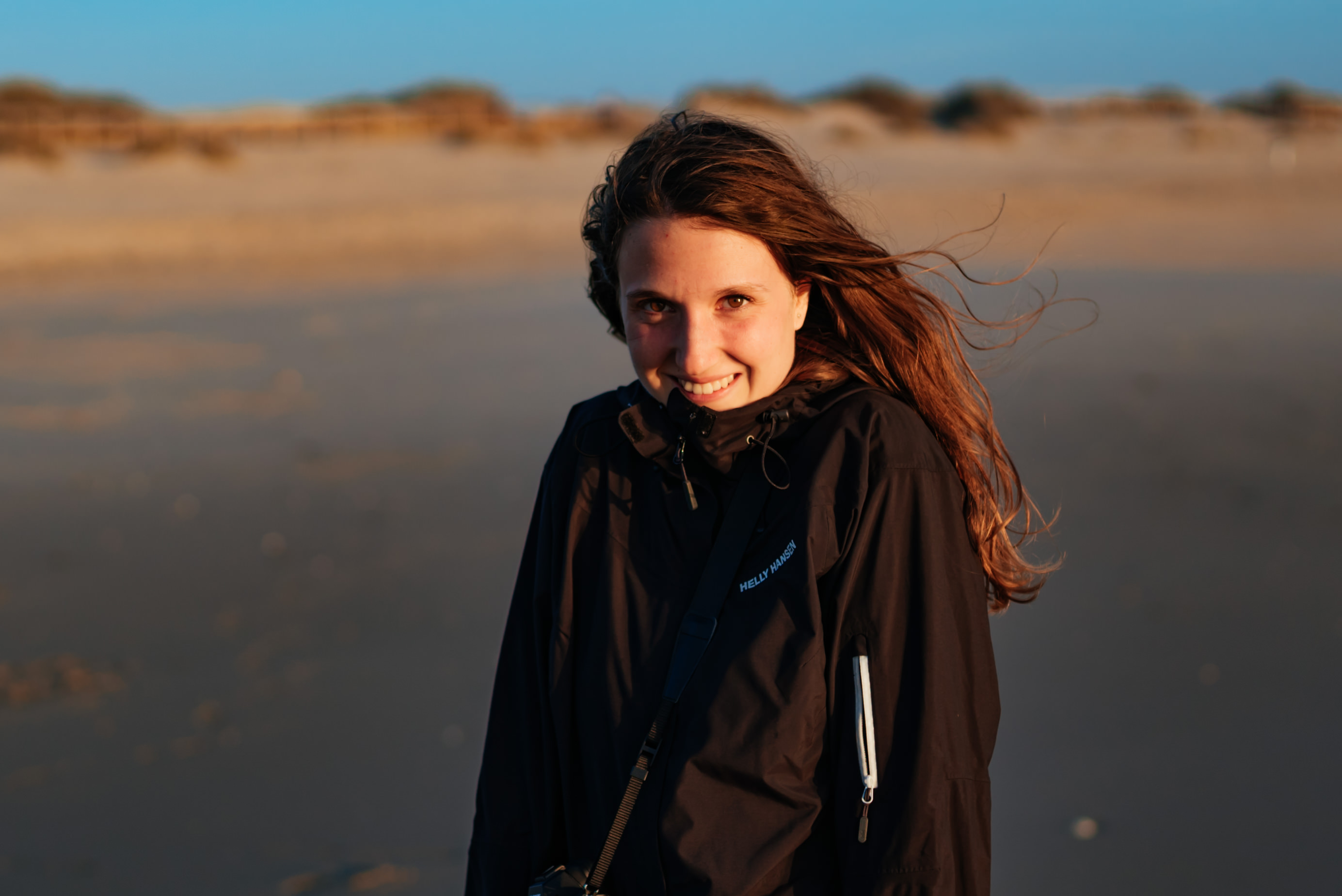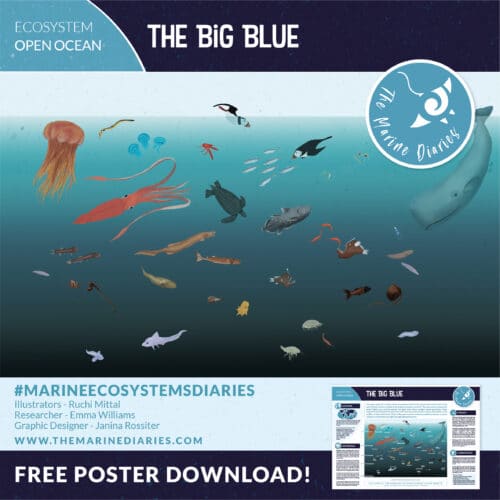A new method for the transplanting of the seagrass Posidonia oceanica

The fast decline of coastal habitats happening worldwide is pushing for active restoration measures to mitigate the effects of anthropogenic impacts. In the Mediterranean Sea, meadows of the endemic seagrass Posidonia oceanica are declining mostly due to human activities carried out along the coast. Given the high conservation value of this habitat, several transplanting efforts have been attempted in the last decades to
slow down this general decline and enhance the recovery of stressed meadows. In this study, we applied a new technique to transplant P. oceanica based on 100% natural materials. The study was carried out at the Tremiti Islands Marine Protected Area (Adriatic Sea), where 100 m2 of meadow were transplanted. We used drifting cuttings, already uprooted by tourists’ anchors, as donor material. These were transplanted on organic mats made of coconut fibers, subsequently stabilized with local boulders and gravels. The preliminary success was assessed with a two–month monitoring based on visual techniques. The photographic monitoring protocol was set up in order to be accessible for divers and citizen scientists, as well as to avoid any direct impact on the cuttings. Our preliminary results showed promising transplanting success in terms of mats’ integrity and cutting coverage (%). Further monitoring will be carried out to evaluate the success over a longer timespan and to assess the feasibility of this restoration method at a larger scale.



